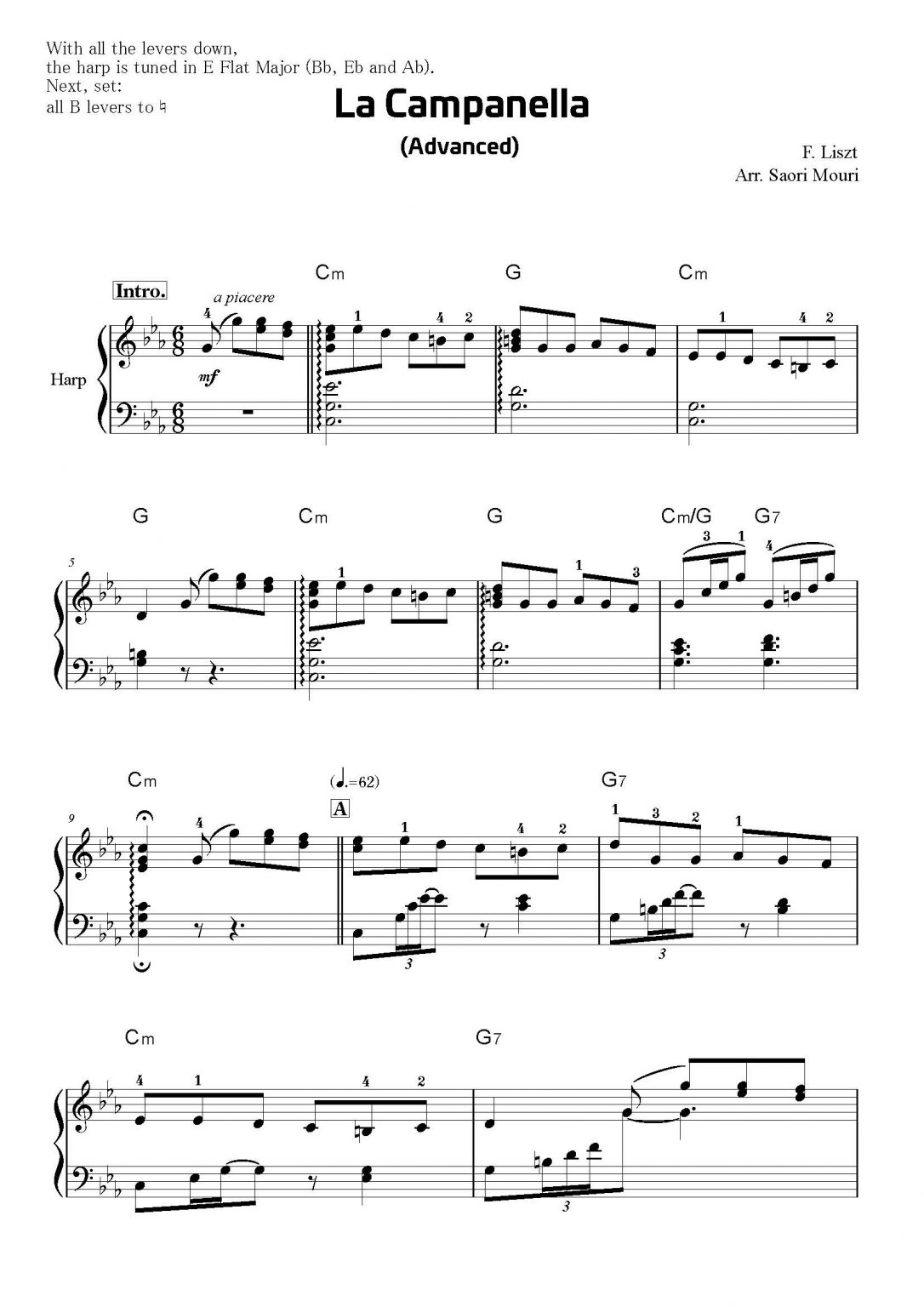

In either of its two forms Liszt's etude is the third in its set and is a dazzling, sparkling piece. 137 - of which they were actually only 12 - became the Études d'exécution transcendante, S. (He stripped off the adjectival phrase "d'exécution transcendante" and stuck it onto another revision he produced in 1851: The former Vingt-quatre grandes etudes, S. Even so, he had another go at the six etudes and produced a new revision in 1851 under the title Grandes études de Paganini, S.

Liszt was an inveterate reviser of his own music and by the time he was 27 realized that the Grand Bravura Fantasy on La Clochette was an inflated, unnecessarily elaborate piece blown to overly large proportions by a lot of empty musical air.įor the new Paganini Transcendental Etudes he drastically cut and further refined the music. This finale uses an old song called La Campanella (the little bell "la clochette" in French) and accordingly uses many bell effects both in the violin and the orchestra. This is an elaborate youthful work based on the finale of Paganini's Second Violin Concerto in B minor. 140 in Searle's catalog of Liszt's work.įor the third of these etudes, Liszt turned to an earlier work, his 1831 Grande fantasie de bravoure sur La clochette, S. In 1838 he completed a set of six piano pieces collectively entitled Études d'exécution transcendante d'après Paganini (Etudes of Transcendent Performing Difficulty, after Paganini). He could unleash torrents of chords and whispering or chiming sounds that were new to music altogether, and in general play the part of the creative artist, the new hero of Romantic literature and music. Liszt similarly built his public performances around a carefully constructed stage persona and an ability to stun the audience with brand-new feats of virtuosity, some taking advantage of technical advances incorporated in newer pianos.

He drew unprecedented technical effects from the violin, often achieved by specially tuning the strings to notes other than standard, allowing himself to create unusual double stops and to allow the violin to ring in resonance on unexpected notes. Paganini virtually invented the persona of the touring virtuoso, drawing huge audiences and commanding stellar fees on the basis of his star power. In matters of style and showmanship, Liszt profoundly admired the great Italian violin virtuoso Niccolò Paganini (1782 - 1840). As is often the case, it exists in more than one form and is also a setting of music by an earlier composer. La Campanella is one of the most popular and characteristic of Franz Liszt's huge output of showy piano etudes.


 0 kommentar(er)
0 kommentar(er)
